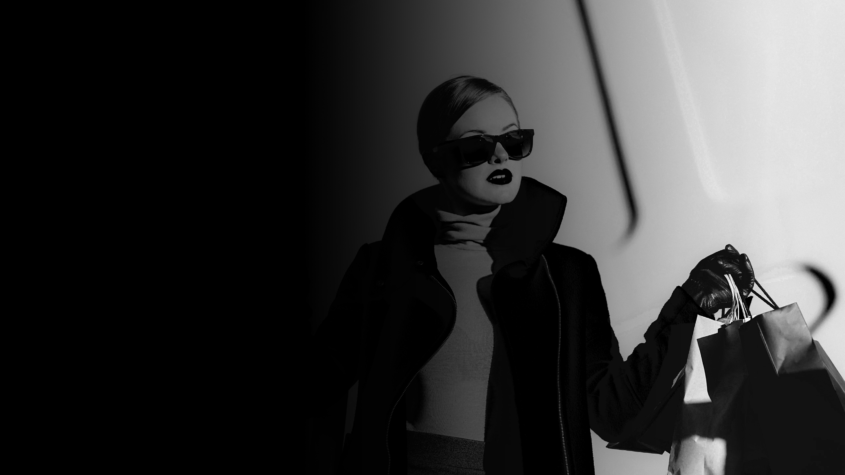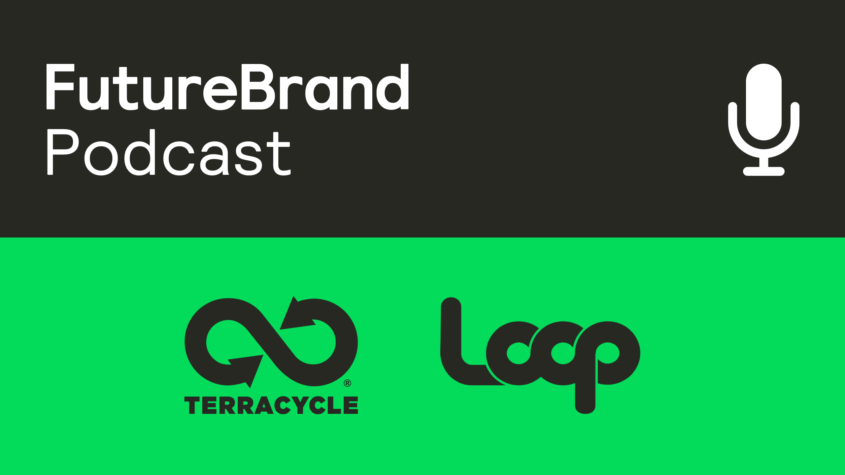What “The Conversation Age” means for the future of retail
10 September, 2019 Share socially
George Gottl, Chief Creative Officer and Co-Founder of FutureBrand UXUS talks about how some of the industry's foremost taste-makers are channelling their ideas to actively disrupt the landscape of retail.
There’s an ongoing manhunt to figure out the future of retail and brands are confronted with countless investigations examining what customers want: What’s the shorthand for reaching Gen Z? What’s the long and short of ageing millennials? How has the ever-forgotten Gen X been shorthanded?
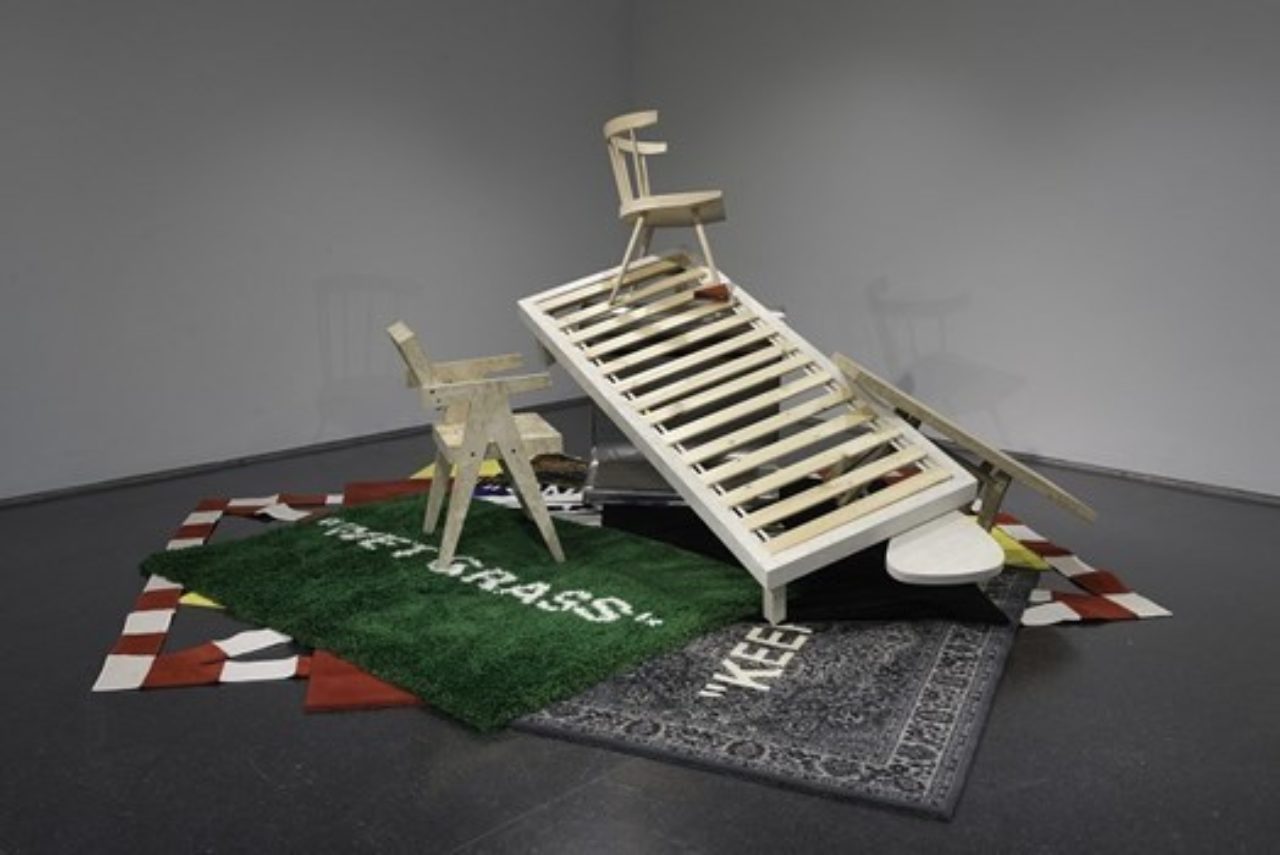
But for today’s consumer, short-cuts just won’t do. They’re not passive observers. They’re activists, decoders, IRL curators and digital orators. They’re sensitive to the pace of information and demand transparency to cut through the noise. Brands today have a responsibility to learn their customer’s complex language. And while brands can’t speak for them, they are more than willing to let brands step up and speak with them.
We call this ‘The Conversation Age’ and it means brands need to really listen. They need to engage in issues just as passionately as the customer. Disruptive retail is one way brands are achieving this, with initiatives that think beyond buzzwords to get to the heart of what matters most to consumers. There are three major shifts driving this area of retail innovation and reshaping consumer expectations:
1. The new cultural hub: retail bringing people together as members of a brand’s school of thought.
2. Social playgrounds: retail moving beyond transactions to create meaningful interactions.
3. The consumer as narrator: today’s customers are hacking environments to better serve their social storytelling.
Here’s how some of the industry’s foremost taste-makers are channelling these ideas to actively disrupt the landscape of retail.
The new cultural hub
Today, consumers are skilled decoders. In many parts of the world, they’ve been raised with an open access to information, and a lot of it. In response, digital natives have become sociologists of visual content, not only because it’s easier to digest, but because it’s an emotional form of communication. For example, in the same time a ‘sneaker head’ can sniff out a rarity, a digital native can read the authenticity — or lack thereof — in a diversity campaign.
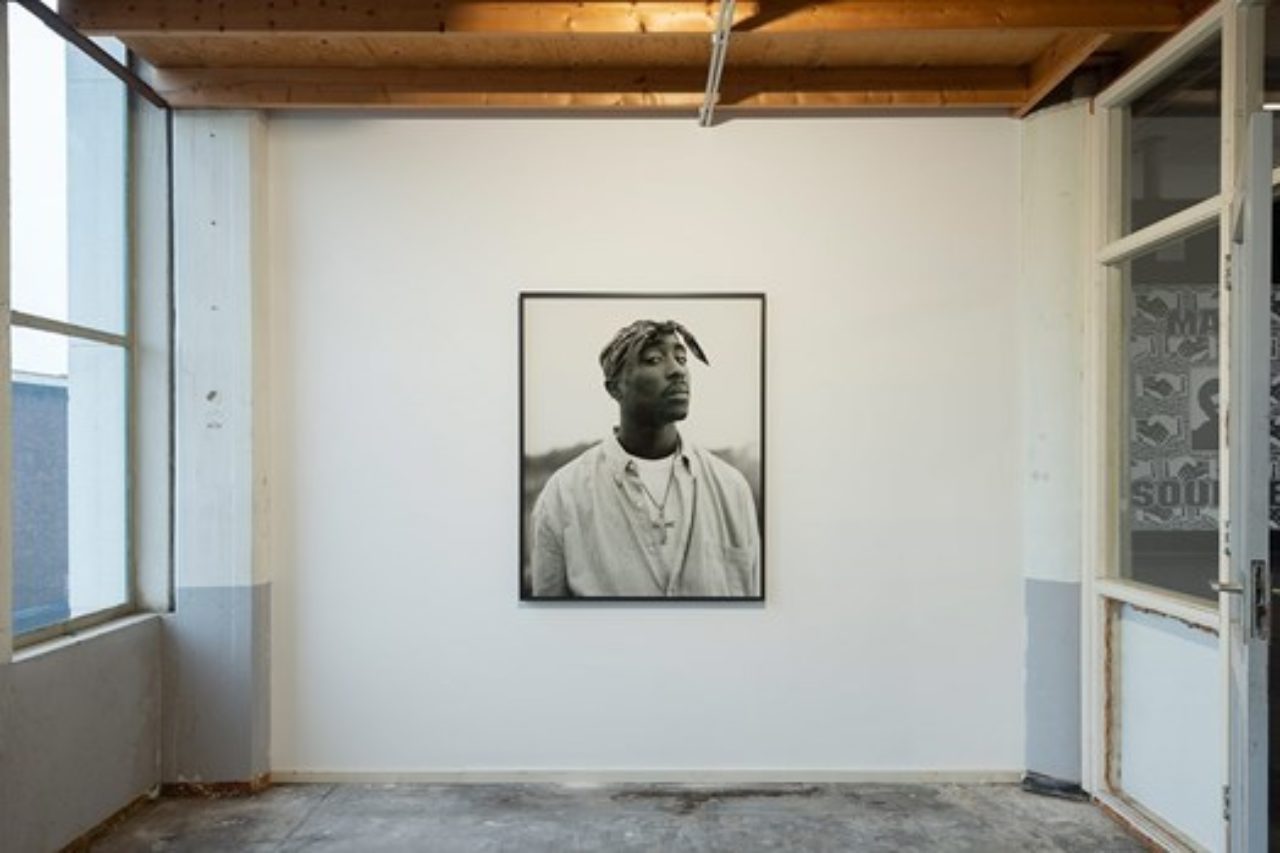
At Het Hem, a new cultural art hub in Zaandam, we can see how institutions are exposing the influence retail has on their programming. For Het Hem’s first exhibition, the space turned to streetwear-store-cum-brand, Patta, for a curatorial partnership. In an interview, Guillaume ‘Gee’ Schmidt, co-founder of Patta, refers to hip-hop as more than a genre, but as a curatorial tool:
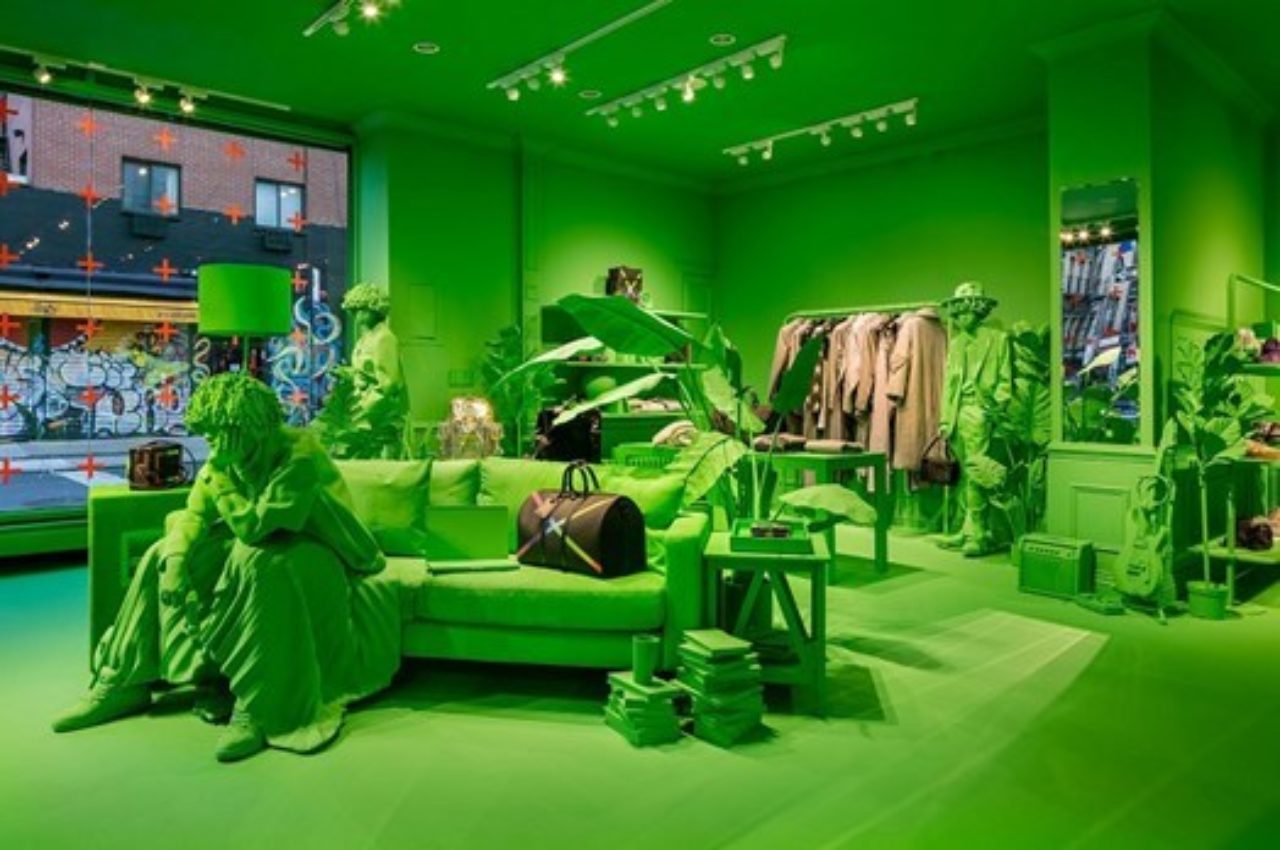
Virgil Abloh, the Chicago-raised designer of Off-White, Louis Vuitton’s men’s collection, and about a million other side projects, has also given luxury consumers access to influences like hip-hop and his cross-pollination of references and collaborations are significantly challenging the status-quo of retail. We can see this in the way he is using sampling to disrupt expectations by bringing 80's b-boy mannequins to LV, and Duchamp to Nike.
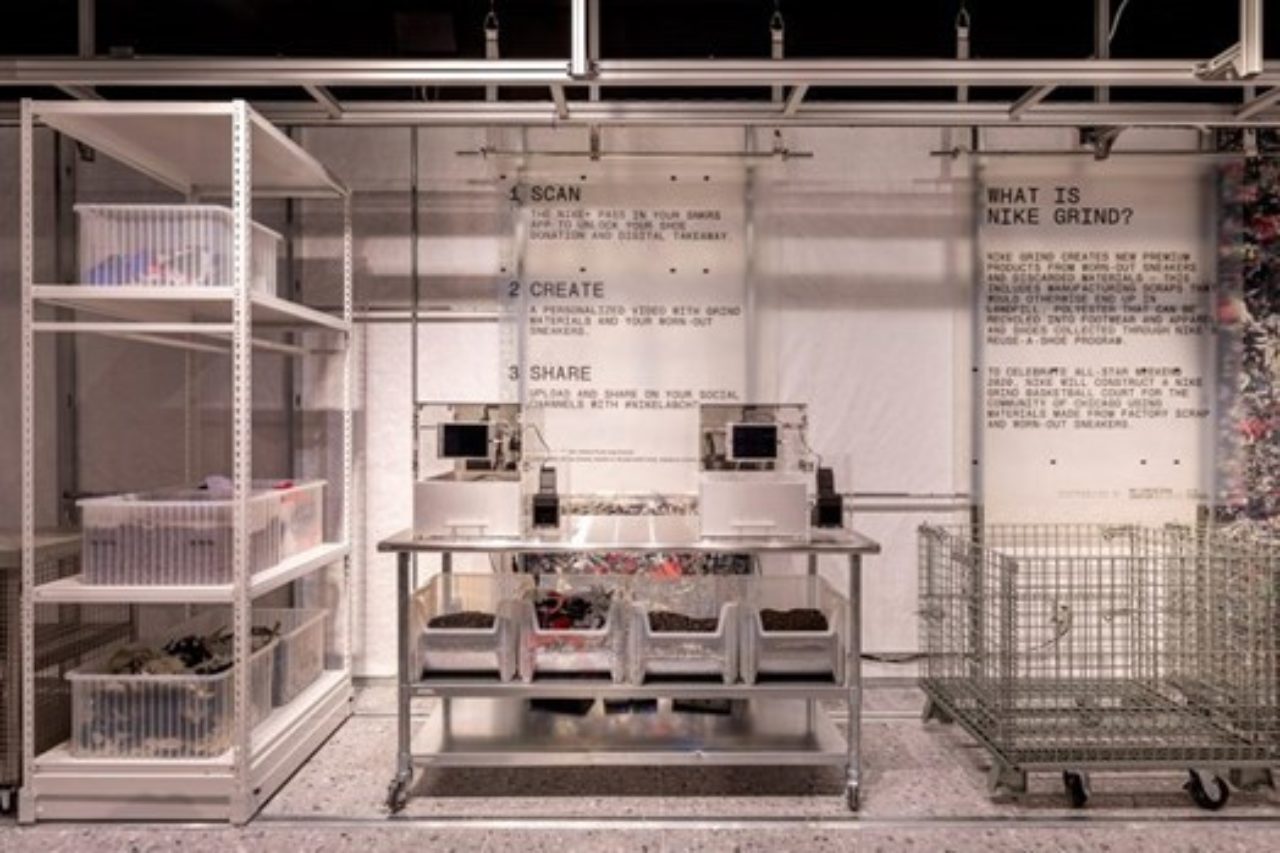
For a recent NikeLab pop-up in Chicago, Abloh programmed the space with workshops led by designers, photographers and architects. It also offered an exhibition space for the final products of a mentorship initiative that paired local youth with industry heavy-hitters. Over the course of the pop-up, the walls filled up with shredded shoes to be recycled into Nike’s Grind material. Oh, and there’s products, somewhere.
But isn’t that the point? Physical retail? That makes customers feel more like members, like they’re in the know, creating an emotional connection with a brand. And all of a sudden, wearing that crossbody feels like wearing a symbol. This idea of sampling influences and creating a hub for collective discovery is exactly how retail design can move beyond transactional spaces and bring more to the customer.
Social playgrounds
As retail continues to borrow from the codes of cultural institutions like museums and galleries, we’re seeing the power and potential in these more accessible forums. After all, museums around the world are experiencing lower-than-ever visitor rates and high-brow institutions with alienating entrance fees and ideologies re-suffering in the face of low-barrier spaces. Retail offers an inclusive environment that blends pop-culture with much-needed places for social connection.
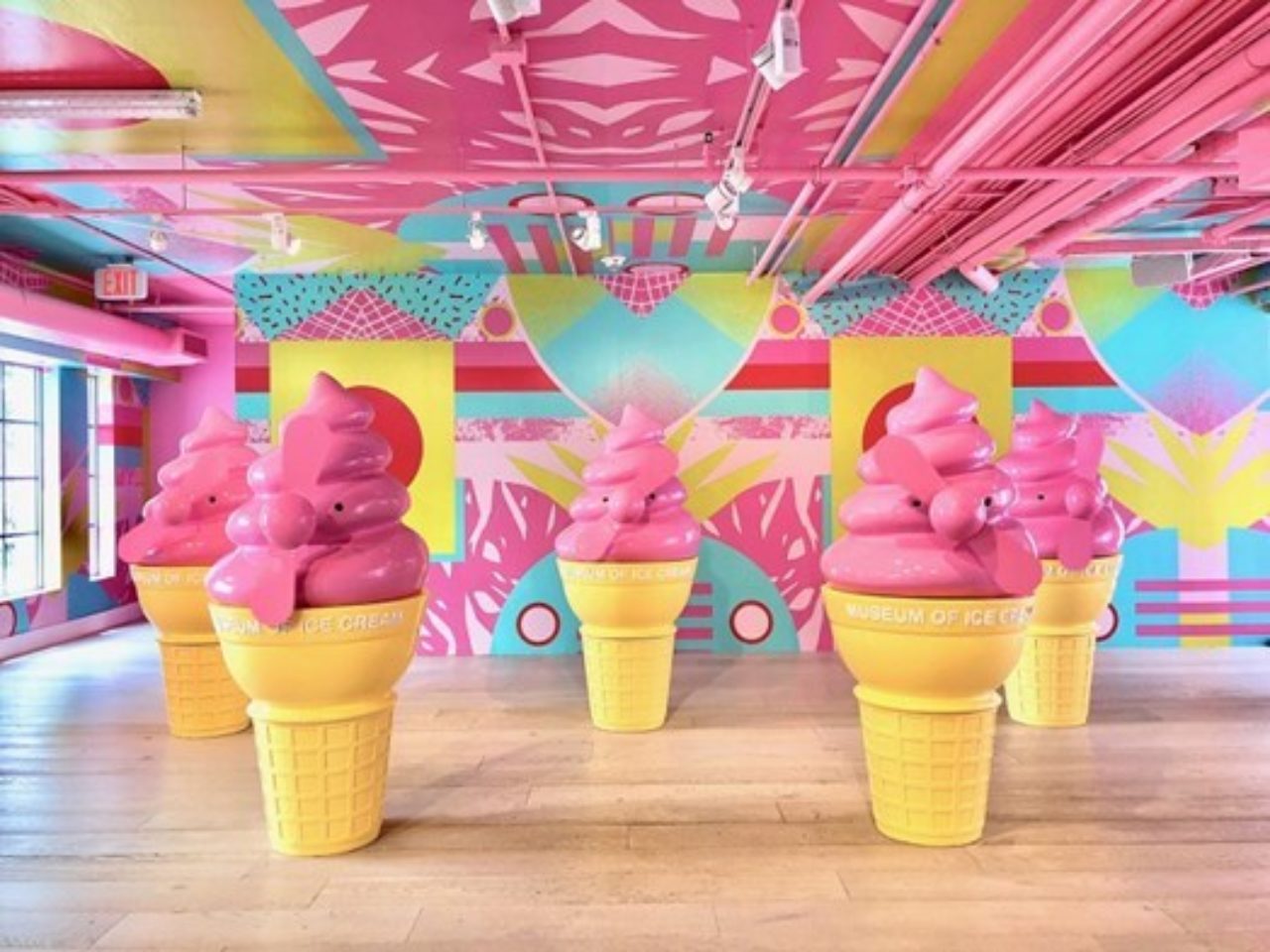
Say what you will about the Museum of Ice Cream, but the popularity of this pink playground exposed a strong desire for social and spatial interaction. With 394,000 Instagram followers and a recent valuation of $200 million, the creators of MOIC incorporated their own company: Figure8, which will focus on creating what they call ‘experiums’, spaces at the cross-section of museums and experiences.
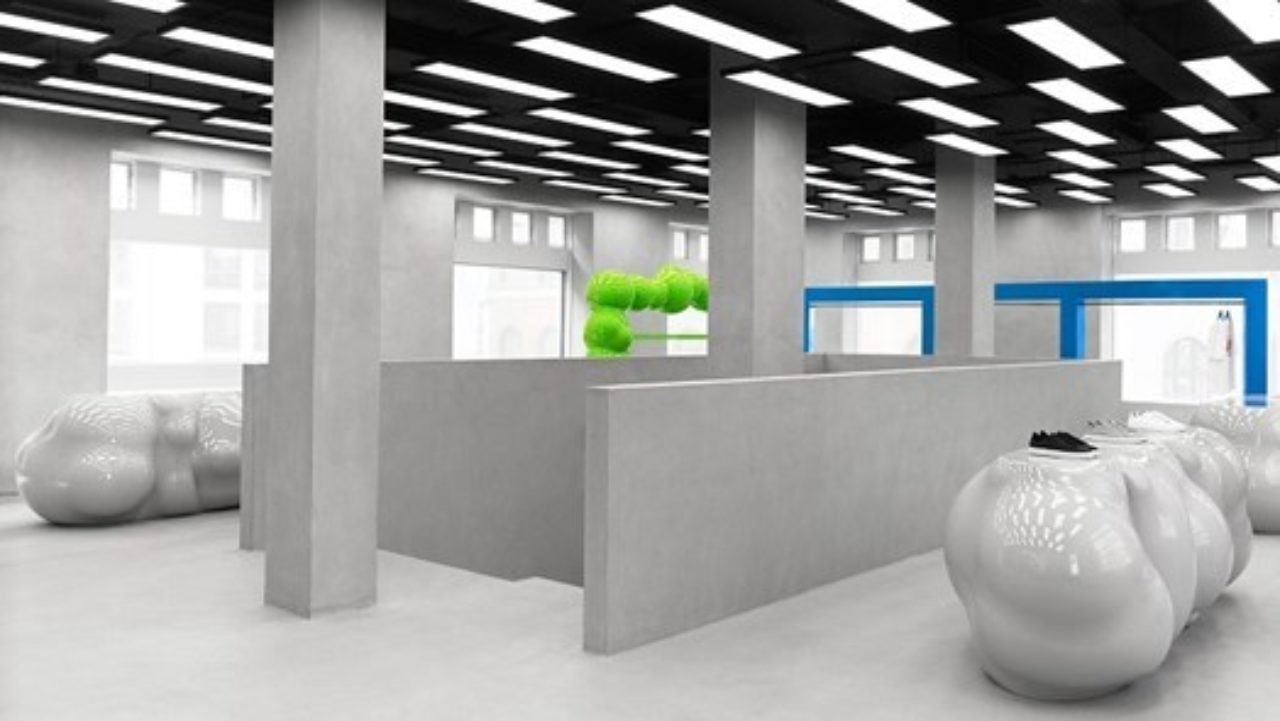
In a Copenhagen flagship that’s more brutalist than bubble-gum, Swedish brand Axel Arigato created its own interpretation of social retail. This disruptive brand started off challenging traditional sales channels by serving its mostly online customer base with weekly product drops.
The design of its physical retail spaces fuses gallery, venue and community centre and is entirely informed by its diverse art and music references. The sparsely merchandised environments become the backdrop to weekly live art performances, DJ sets and creative hair salon pop-ups. The space transforms into a playground in its own right while being designed entirely for the customers it represents.
Seeing retail environments as transactional spaces discredits the consumer. They don’t need another place to be pushed to buy — that’s what ecommerce is for! Physical retail gives brands the chance to connect with customers on a human level.
The consumer as narrator
As much as retail environments give customers a place to connect IRL, it’s a reality that contemporary socializing is multi-dimensional. When retailers create physical spaces, they have to lean-in to the fact that a customer’s experience is open-source. Over-programming limits individual interpretation and today’s digital narrators need to be able to hack their experiences, their way.
From beauty bloggers on YouTube to the Egirls of TikTok, in the world of beauty, everyone has something to say.
The saturation of products, opinions and reviews is overwhelming. Should you eat collagen? How much CBD is too much CBD? Should I get a jade roller or a rose quartz roller?! Is SPF good or bad?!?
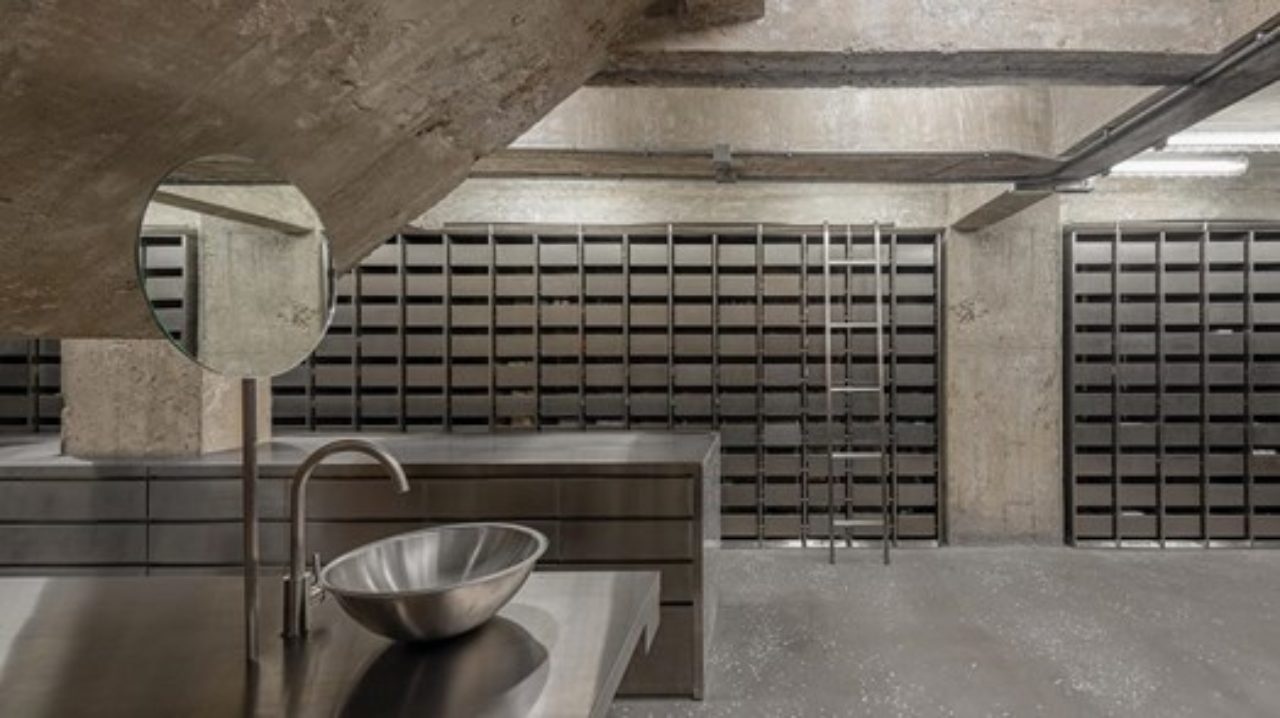
As an act of rebellion, Chinese cosmetics e-tailer Harmay made discovery physical again. None of the products are visible, instead everything is hidden behind a wall of stainless-steel drawers. Here, seasonal merchandising and campaigns can’t guide your hand. Review-less, visitors explore and design their own journey through the space.
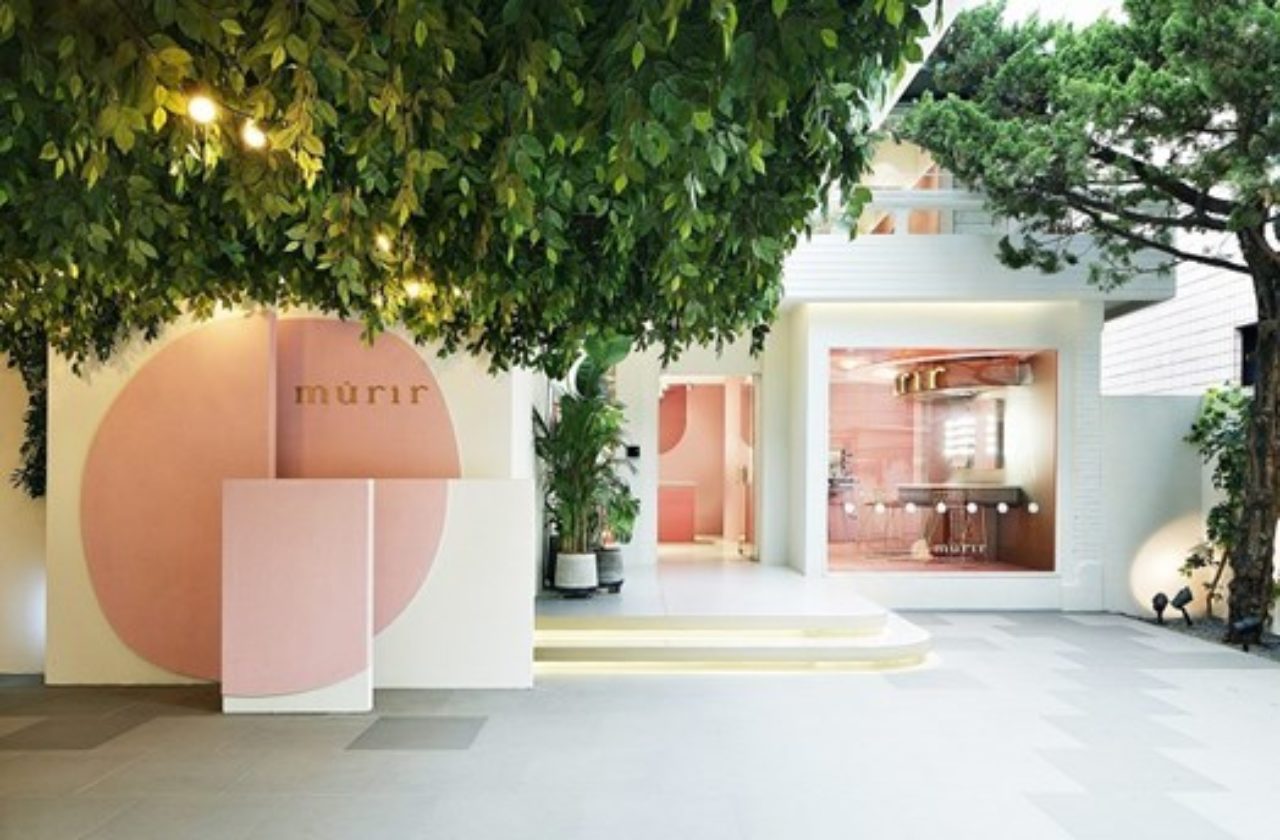
Villa de Mûrir, a concept store in Seoul provides a stage for customers to film their own beauty content. The LA-inspired environment brings together a social-media friendly café, a curated selection of products and a beauty service where appointments can be filmed for reference.
But it’s the ‘open studio’, that really brings narrative power to the customer. The pink-hued room invites customers to make their mark. The environment becomes an actual stage for guests to voice their opinion and express their individuality with professional lighting, and the brand’s support.
In short, The Conversation Age is a disruption to the traditional modes of retail as the low-barrier inclusivity of retail environments is having influence beyond the borders of the industry. But, ultimately, the rules are set by the consumer. Their desire to curate their various channels for social storytelling is driving the major changes in retail as a platform. In response, retailers need to ensure they create inclusive, social experiences that champion diversity and support collective discovery. Now is the time to provoke, to connect and to share. So, what do you have to say?
This article originally appeared in retail design world
